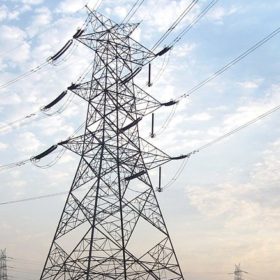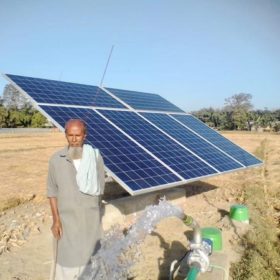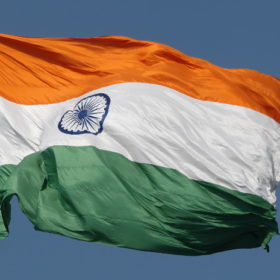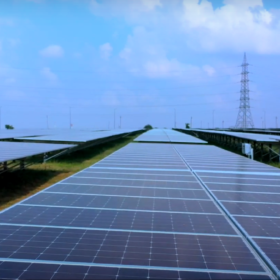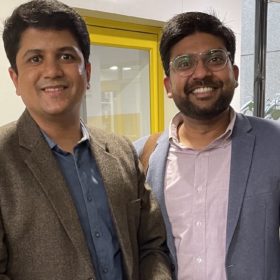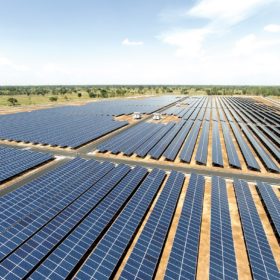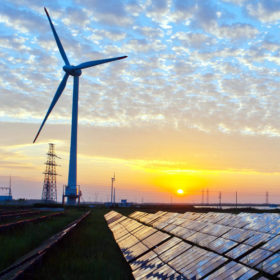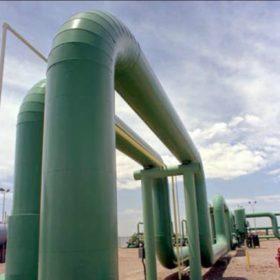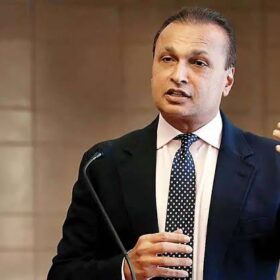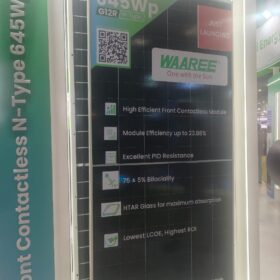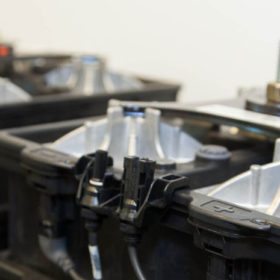Adani Power appoints CEO
The private-sector power producer has appointed Shersingh B. Khyalia as chief executive officer with effect from January 11, 2022.
SJVN secures 125 MW of solar projects in Uttar Pradesh
The State-owned hydropower producer has been awarded 75 MW of grid-connected solar projects in the Jalaun district and 50 MW in the Kanpur Dehat district. Power generated from these projects shall be procured by the Uttar Pradesh New and Renewable Energy Development Agency (UPNEDA) for 25 years.
Daily news roundup: Mecwin and KVG Bank partner on solar pump finance, Adani’s new energy arm
Bengaluru-based Mecwin Technologies Ltd and Karnataka Vikas Grameena Bank (KVGB) have partnered to finance solar pump-sets for farmers. Adani has formed a new energy arm called Adani New Industries Limited (ANIL).
India may add 12.5GW of solar in 2022-23
Ratings agency ICRA expects the solar boost based on the backlog of PV projects awarded by central and state electric utilities.
ReNew raises $400 million by issuing green bonds
The developer shall use the amount raised to refinance existing debt and fund capital expenditure in renewable energy assets, among other uses.
SmartHelio appoints key executives
The Swiss PV diagnostics and predictive solutions provider has appointed Neeraj Dasila as chief technology officer (CTO), and Shankaransh Srivastava as vice president-marketing.
Reliance New Energy Solar buys 1.84 crore Sterling & Wilson Renewable shares from Shapoorji Pallonji
Consequent to this acquisition, Reliance New Energy Solar holds 25.16% of the total paid-up equity share capital of Sterling & Wilson Renewable Energy (formerly known as Sterling and Wilson Solar Limited).
Cabinet approves intrastate transmission scheme backing 20 GW of renewable energy capacity
The second phase of Green Energy Corridor (GEC) scheme for Intra-State Transmission System will facilitate grid integration and power evacuation of approximately 20 GW of renewable energy (RE) power projects in Gujarat, Himachal Pradesh, Karnataka, Kerala, Rajasthan, Tamil Nadu, and Uttar Pradesh.
Hero Future Energies, Ohmium to install 1 GW of green hydrogen capacity
Indian renewable energy developer Hero Future Energies has partnered with US-based Ohmium International on the development of green hydrogen plants in India, the UK, and Europe with a cumulative electrolyzer capacity of 1 GW.
Airtouch Solar appoints Nimish Jain as India CEO
Nimish Jain brings to Air Touch India, the India arm of the Israeli robotic cleaning specialist for the solar industry, around 13 years of work experience in renewable energy in new market development, operations, strategy and business development functions. He has worked with companies like Solarig Global, Vikram Solar, and Jinko Solar.
